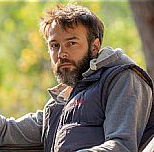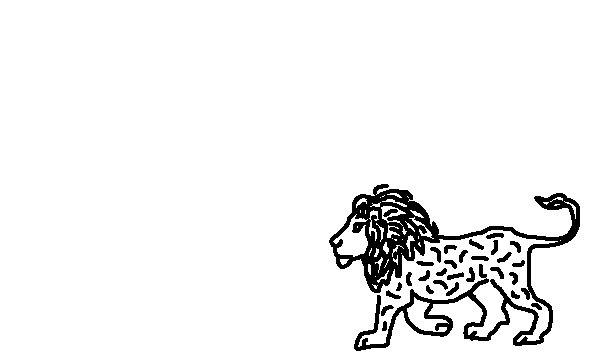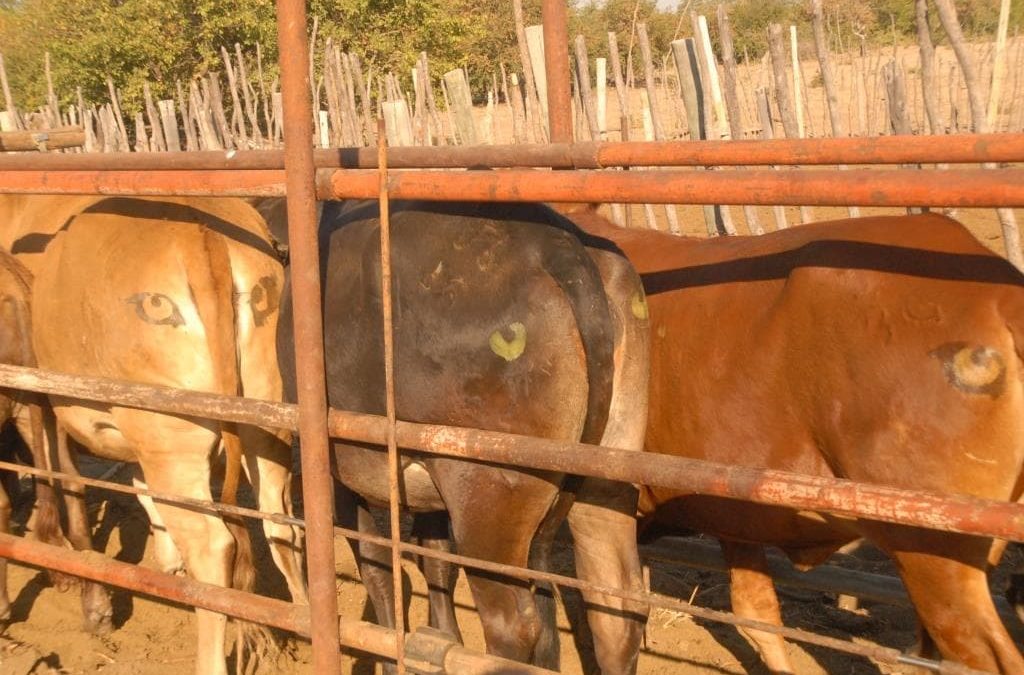Although trophy hunting of African lions and leopards has been banned in Botswana for many years, still the killing of lions continues.
Lions kill livestock and, in the absence of alternative methods of preventing these losses, farmers retaliate. Such lethal control of these majestic animals is a temporary respite for farmers at best, as removing the culprits simply creates a vacuum of a vacant territory that is quickly filled by other lions. And so the deadly cycle continues, and large carnivores, including leopards, lions and African wild dogs, are literally draining away before our eyes. What can we do about this?
One of the biggest conservation challenges we face is to provide subsistence farmers with cheap and effective alternative methods of protecting their livestock, without shooting large carnivores. The good news though is that although the problem is a complex one, the solution doesn’t necessarily need to be complex too. In fact the most effective solutions to human-wildlife conflict really MUST be simple and inexpensive. This is the only way to ensure they are available to subsistence farmers who simply don’t have access to funds or resources. We’re hoping that our novel “i-cow” approach to preventing human-wildlife conflict may just such a solution.
There is ample evidence from the animal kingdom that being watched, or at least feeling like you are being watched, will affect your behaviour. Humans are less likely to steal from a store if there are eyes painted on the wall “watching”, and man-eating tigers appear to be less likely to attack woodcutters working in Bengal forests if they are wearing masks on the backs of their heads. Perhaps the eyes have it.
For predators like lions and leopards whose entire hunting strategy relies on stalking and maintaining the element of surprise right to the last second, being seen by their prey usually results in the hunt being abandoned. It’s not a big leap to suggest that painting intimidating eyes onto the hides of cows might work in the same way and reduce predation and promote coexistence with large carnivores. Until now however, this has never been suggested let alone tested.
The “i-cow” or “scary-ass cow” concept is the brainchild of Dr Neil Jordan (Lecturer at the University of New South Wales and Conservation Biologist at Taronga Conservation Society Australia), who says that “shooting lions is an inexpensive, but ultimately ineffective method of protecting livestock, but it’s almost the only action that farmers feel they can take. Instead, what farmers need are cheap and effective solutions that PREVENT livestock losses, and perhaps scary-ass cows are a non-lethal ‘weapon’ they could use instead”.
Dr Jordan, and the team at BPCT now need to test whether the i-cow theory works in practice, and they are in the process of raising funds to collar conflict lions and leopards to answer this question.
Jordan says, “We already know that the pen is mightier than the sword, but is the paintbrush mightier than the gun too? It seems to me it’s worth a shot”.
What can you do to help?
Please consider supporting this work, and BPCT’s other large carnivore conservation projects, by donating directly HERE.
Read about BPCT’s other human-wildlife conflict prevention work including our African wild dog bioboundary project and the Shorobe Livestock Insurance Initiative.

Written by
Neil Jordan, PHD


Dive straight into the feedback!Login below and you can start commenting using your own user instantly